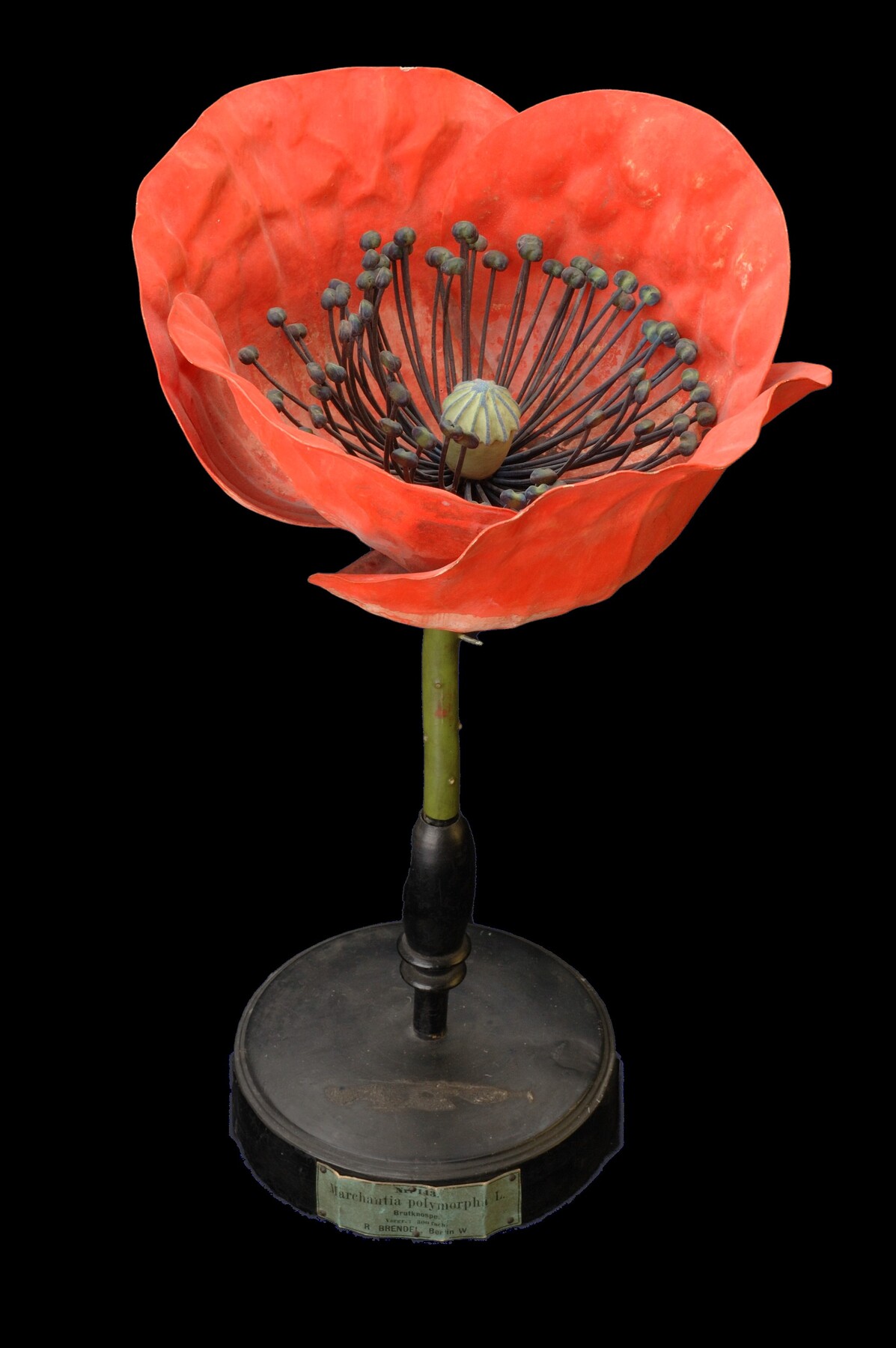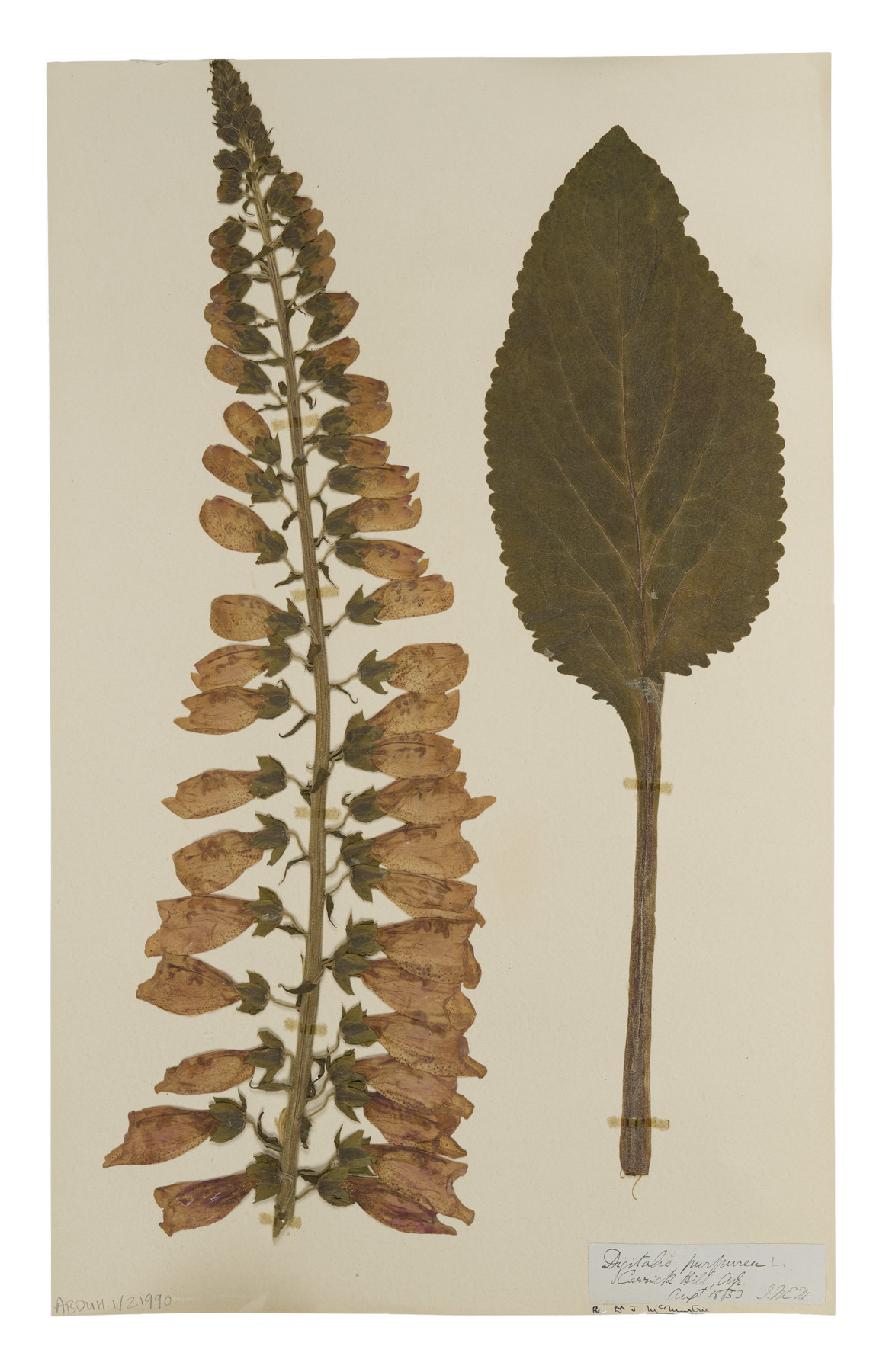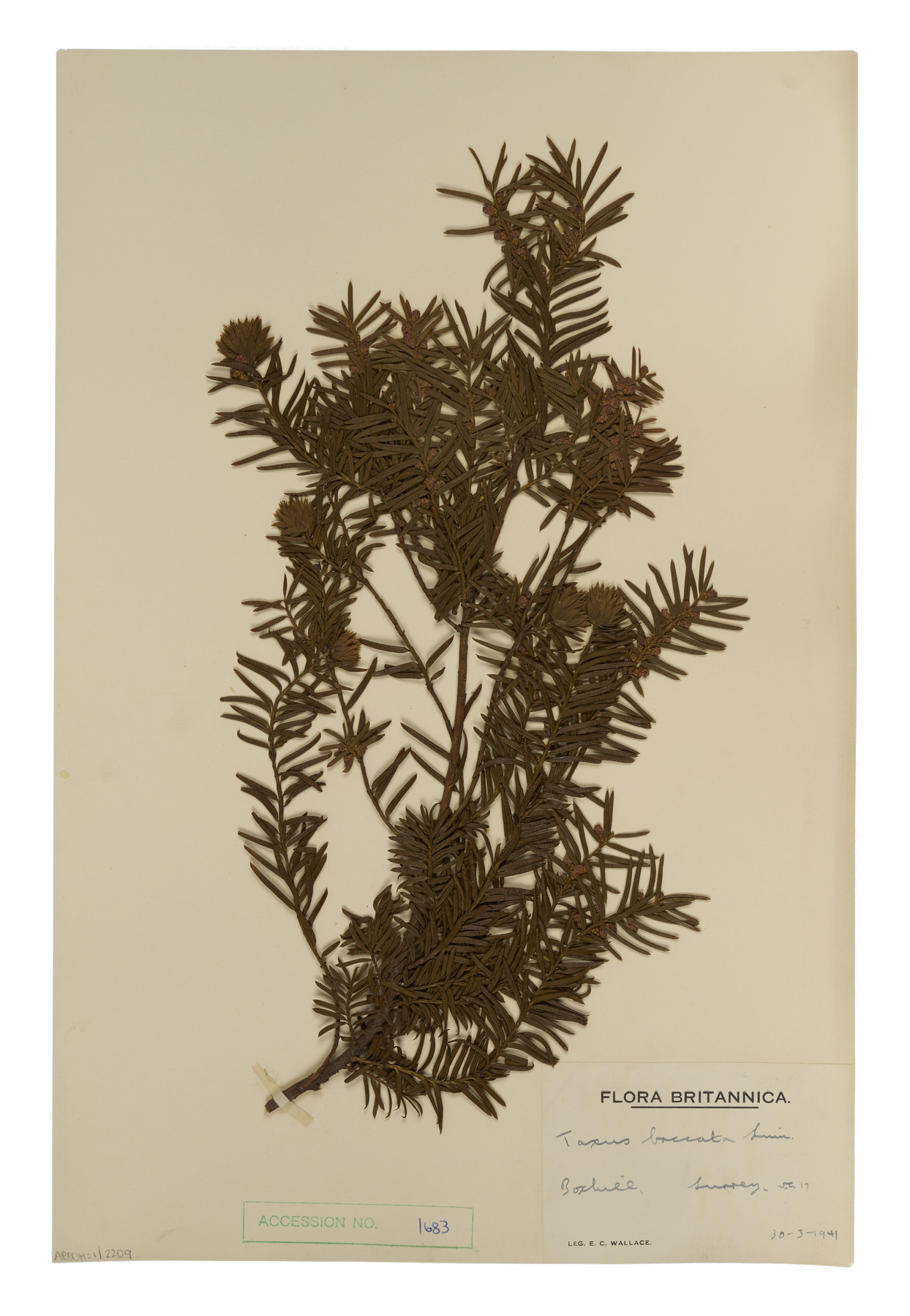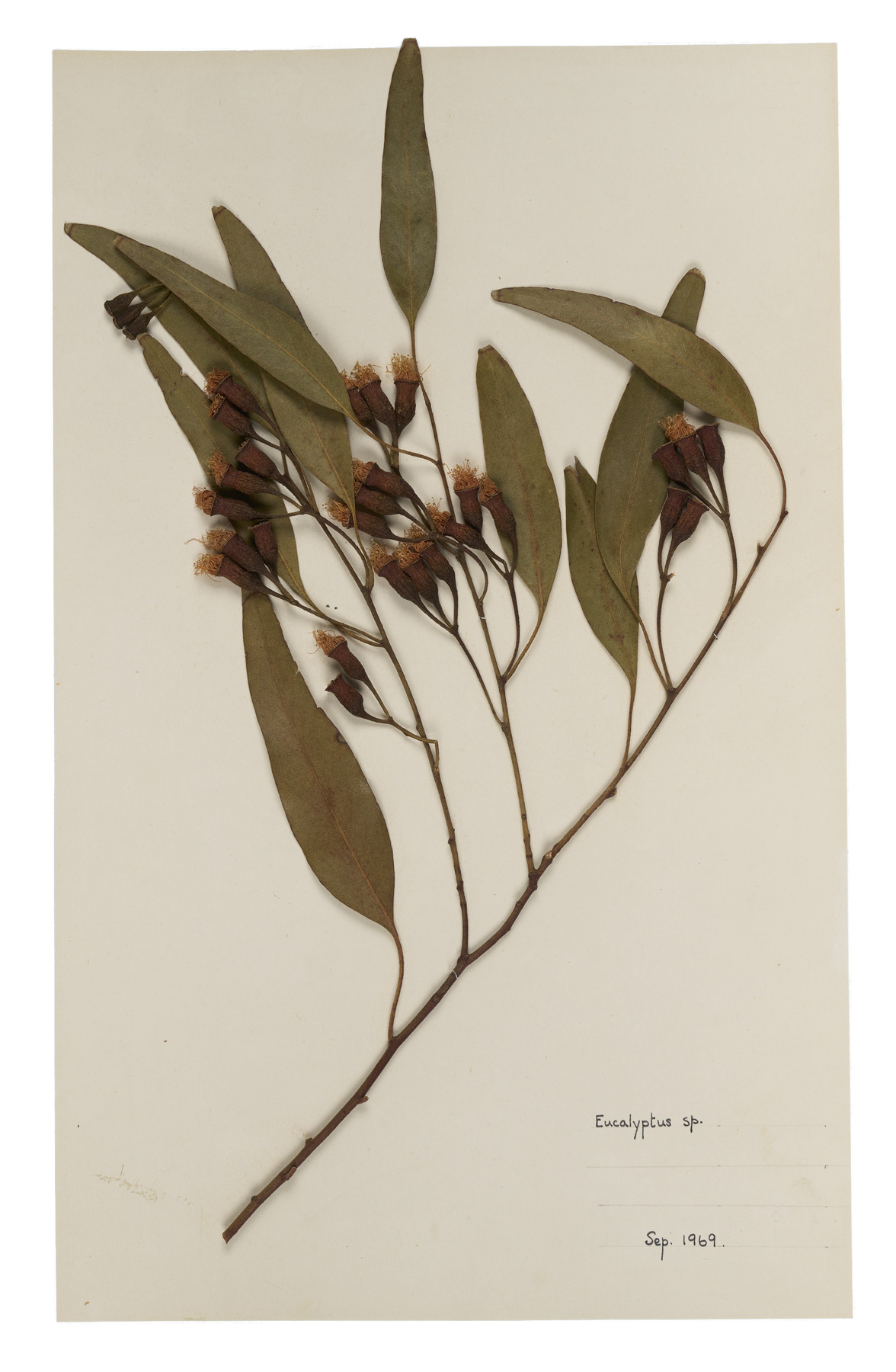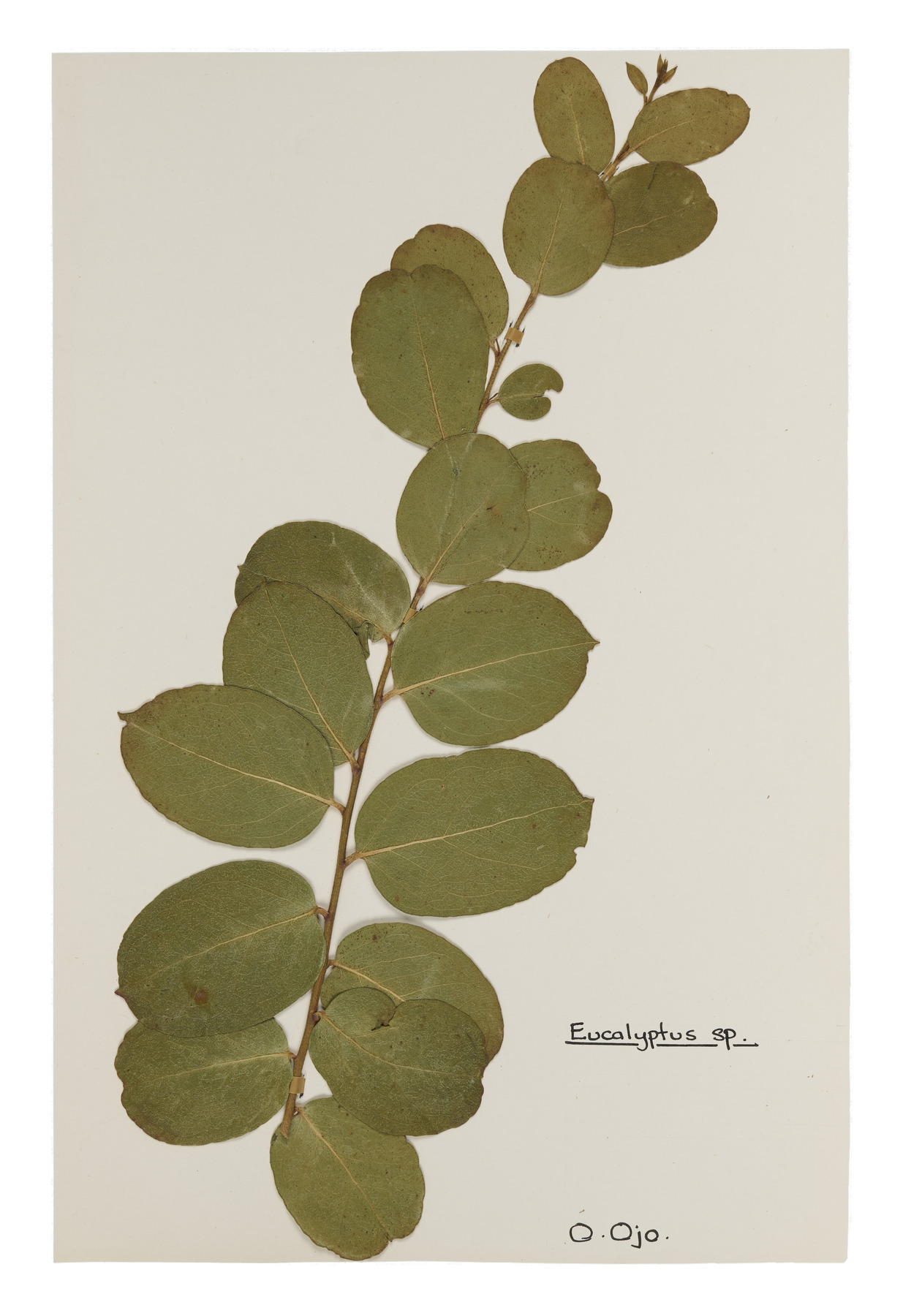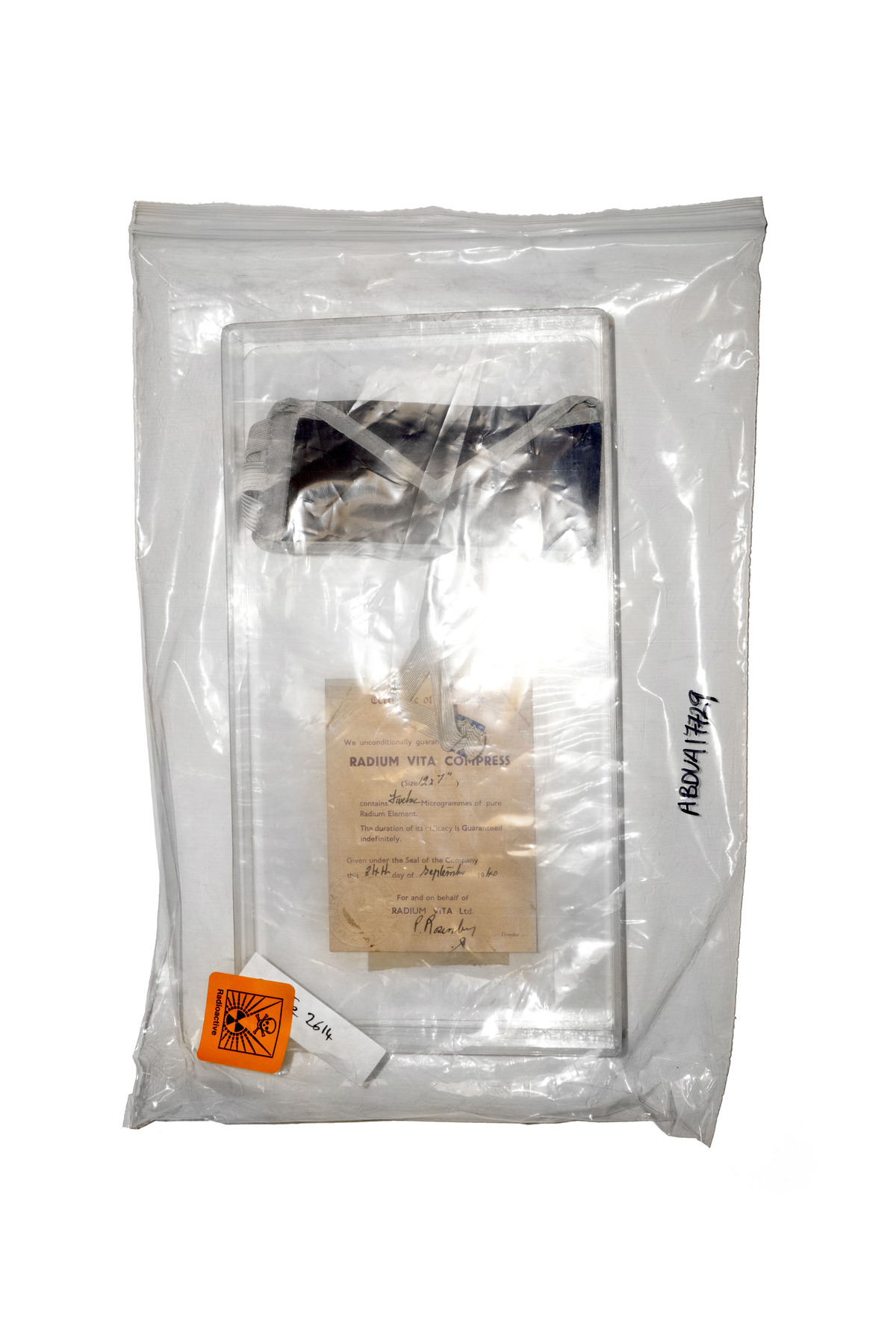Poisons and Healthcare

When does a poison become a remedy?
The key is dosage: not just the amount of poison, but how frequently it is used and in what manner. Poisons such as those found in the yew tree have been developed to create medication to treat cancer, and chemicals taken from foxglove have been used to treat heart failure. When used at the wrong dosage, however, many of these poisons carry the risk of being harmful and possibly fatal. Conversely, substances once believed to be beneficial to medical care such as radium, are now known to be extremely harmful.

Snake wine
This alcoholic drink made in Vietnam was created by infusing an endangered venomous snake in a rice wine. Bottles such as this with its English label are often sold to tourists. In fact, this one was recorded as “seized at either Aberdeen harbour or airport”. It is advertised as helping with rheumatism. Whilst the alcohol usually denatures the snake venom, people have been poisoned when this process has not been completed properly.
ABDUZ:58008

Model of opium poppy
The seed pods of the opium poppy produce a juice which is dried to make opium. This can be processed into medicinal painkillers such as morphine, which are vital for their analgesic effects but potentially addictive. The opium from poppy plants can also be used to make addictive street drugs like heroin. Due to the fatal effects that these substances can have, the large-scale private cultivation of opium poppies is often prohibited.
ABDUZ:57927

Foxglove
Foxglove carries a cardiac poison, digitoxin. Despite their possible fatal effect, foxgloves were pioneered as a medical treatment by the 18th century physician William Withering who found that small amounts of foxglove had a positive effect on heart patients. This was followed by chemists discovering how to isolate digitoxin from foxgloves. It is still occasionally used today in measured doses to treat heart failure.
ABDUH:21990

Yew
The common yew is a plant known for its toxicity as well as its majestic trees. Its use as a poison dates back to antiquity, and its association with death and rebirth appears in several religious traditions. Yew trees were sometimes planted at sacred sites, a custom adopted by Christians growing yews near churches. The bark of the yew tree has found use in modern medicine as the source of the chemotherapy drug Paclitaxel, which despite harsh side effects, can be effective in treating cancer.
ABDUH:1/41499

Eucalyptus
Eucalyptus plants can be used to make eucalyptus oil, which can be used as an antiseptic, and pesticide. However, eucalyptus oils need to go through a prolonged distilling and treatment process as the raw ingredients can be poisonous both to consume and in contact with the skin. Less than a teaspoon of unprocessed eucalyptus oil can potentially be fatal.
ABDUH:1/41438

Radium compress
This compress made from radium powder was used in the early 1900s. It was advertised as aiding with rheumatoid arthritis pain if the compress was placed on affected joints. Radium is highly radioactive, causing cancer in the long term and radiation sickness in the short term if exposure is high. However, shortly after its discovery, some people thought that it could cure disease. This particular example has been tightly sealed as part of safe museum storage, in order to prevent exposure to radon gas that can naturally emit from radium powder.
ABDUA:17729

Mercury thermometer
The ability to measure the temperature of the human body is vital in healthcare. This thermometer uses mercury, as it expands or contracts in response to temperature change, allowing for a reading to be taken. However, any level of exposure to mercury can cause harm to the brain, lung damage, and death. If the glass were to break, the mercury could evaporate, leading to the possibility of inhaling it. Attempts are being made to eradicate any and all use of mercury in medical equipment.
ABDNP:200376a




